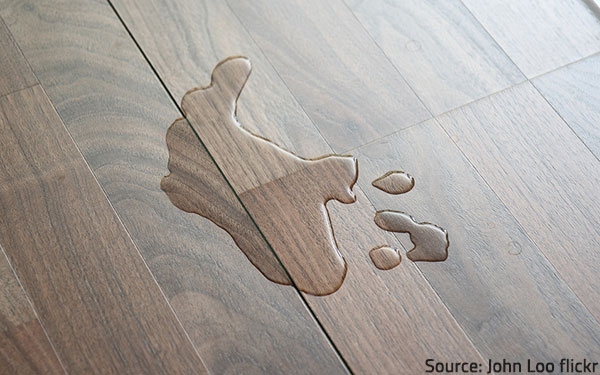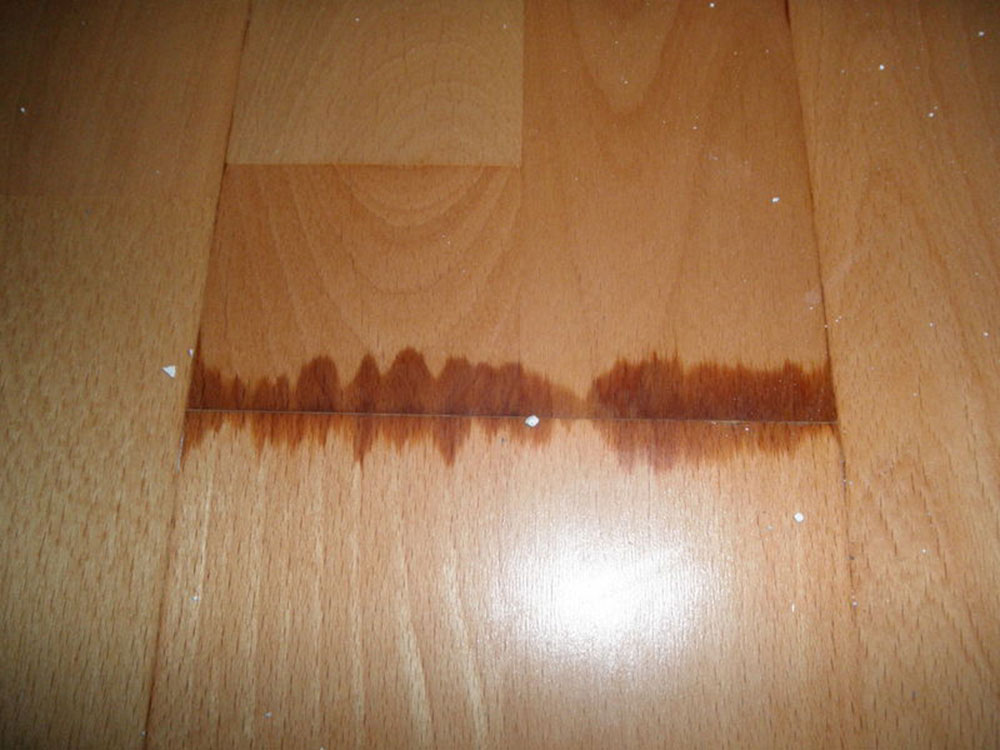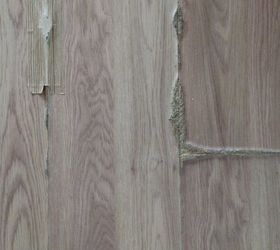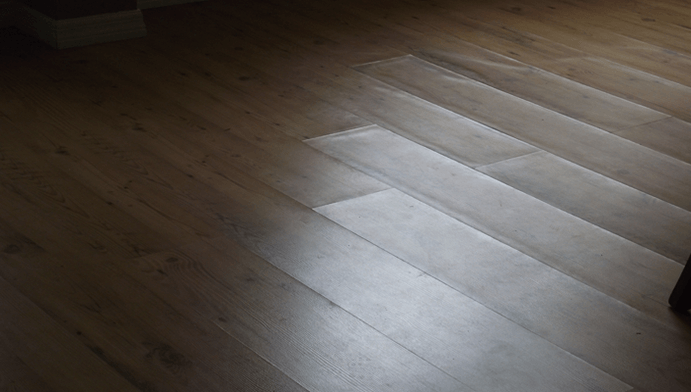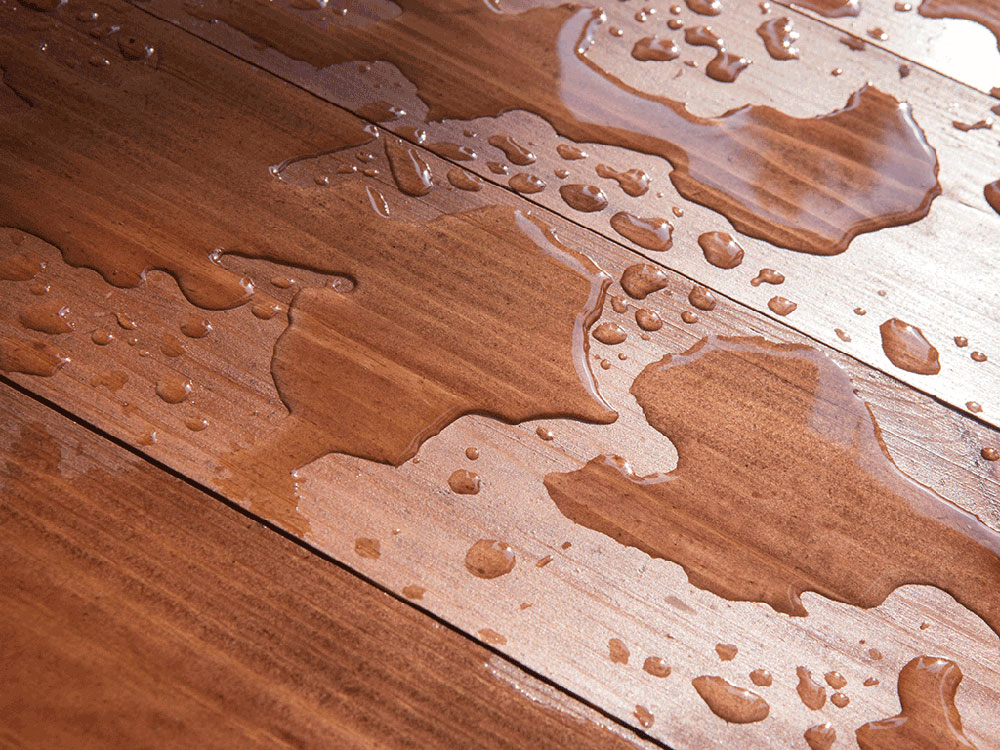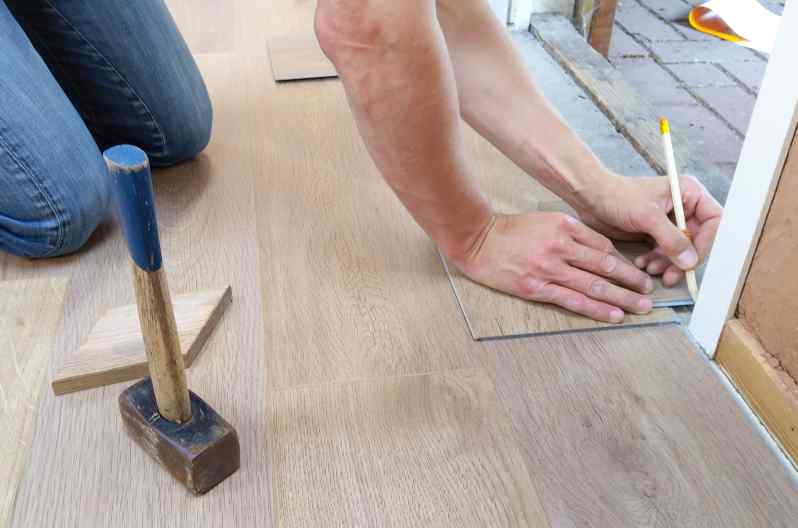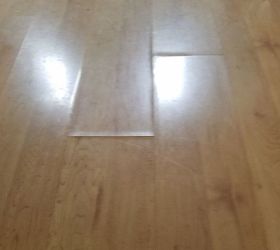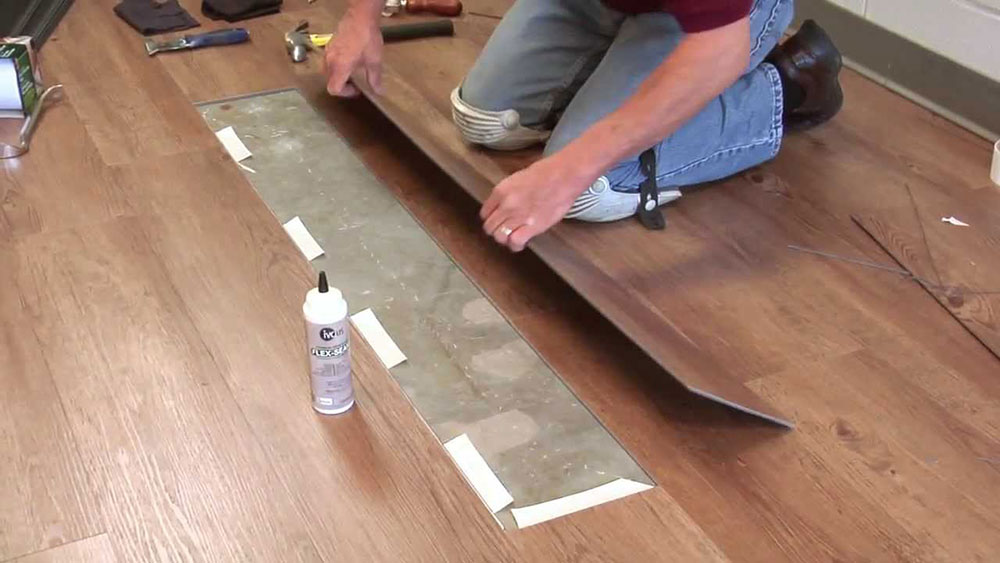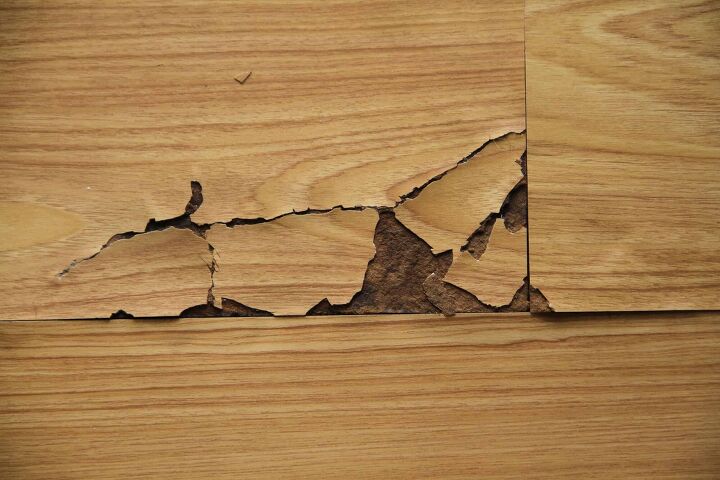Laminate flooring is a popular option for homeowners due to its affordability, durability, and ease of maintenance. However, like all flooring types, laminate flooring is susceptible to damage when exposed to moisture. This article will explore what happens when laminate flooring gets wet and how to prevent and address moisture-related issues.
How Does Moisture Affect Laminate Flooring?
Laminate flooring consists of several layers, including a backing layer, a core layer, a design layer, and a protective layer. When exposed to moisture, the core layer, made of high-density fiberboard (HDF), can absorb water, causing it to expand and warp. Over time, this can cause the laminate flooring to buckle, crack, or even separate from the subfloor.
In addition to causing physical damage to the laminate flooring, moisture can also lead to the growth of mold and mildew. Mold and mildew can pose health risks and cause unpleasant odors, making it important to address moisture-related issues promptly.
What Causes Laminate Flooring to Get Wet?
There are several reasons why laminate flooring may become wet, including:
- Spills and Accidents: Spills and accidents are common causes of moisture on laminate flooring. If not cleaned up promptly, spilled liquids can seep into the seams between the laminate planks and cause damage to the HDF core layer.
- High Humidity: High humidity levels can cause moisture to build up in the air and on surfaces, including laminate flooring. This is especially common in areas such as basements and bathrooms.
- Plumbing Leaks: Plumbing leaks, such as leaky pipes or water damage from appliances such as washing machines, can cause water to seep into the subfloor and damage the laminate flooring.
How to Prevent Moisture Damage on Laminate Flooring
Preventing moisture damage on laminate flooring is essential to prolonging its lifespan and keeping it looking great. Here are some tips to help prevent moisture-related issues:
- Clean Spills Promptly: Clean up any spills or accidents on your laminate flooring as soon as possible to prevent moisture from seeping into the seams and causing damage.
- Use a Dehumidifier: In areas with high humidity levels, such as basements or bathrooms, consider using a dehumidifier to remove excess moisture from the air.
- Use Proper Cleaning Techniques: Avoid using excess water when cleaning laminate flooring, as this can seep into the seams and cause damage. Instead, use a damp mop or cloth to clean the surface.
- Address Plumbing Leaks Promptly: If you suspect a plumbing leak, address it promptly to prevent water from seeping into the subfloor and causing damage.
How to Fix Moisture Damage on Laminate Flooring
If your laminate flooring has already been damaged by moisture, there are some steps you can take to address the issue:
- Dry the Affected Area: Use a fan or dehumidifier to dry the area as quickly as possible to prevent further damage.
- Replace Damaged Planks: If the damage is severe, you may need to replace the affected planks. This job is best left to professionals to ensure that the replacement planks are installed correctly and match the existing flooring.
- Address Mold and Mildew: If mold or mildew has developed, use a solution of water, vinegar, or bleach to remove it. Wear gloves and a mask to protect yourself, and ensure that the affected area is well-ventilated during cleaning.
Moisture can cause significant damage to laminate flooring, including warping, buckling, and mold growth. To prevent moisture-related issues, cleaning up spills promptly, using proper cleaning techniques, addressing plumbing leaks promptly, and using a dehumidifier in areas with high humidity levels are essential. Suppose your laminate flooring has already been damaged by moisture. In that case, it is important to dry the affected area as quickly as possible, replace damaged planks if necessary, and address any mold or mildew growth.
By following these tips and taking proactive measures to prevent moisture damage, you can ensure that your laminate flooring remains in excellent condition for years. Remember, prevention is key in protecting your laminate flooring from moisture-related issues.
What Happens When Laminate Flooring Gets Wet

Step-by-Step Guide on How to Fix a Laminate Floor that Got Wet
How to fix a laminate floor that got wet and avoid damage
How can I fix oak laminate flooring that has swollen from being
How to Dry Laminate Flooring with Water Under It – LivingProofMag
What happens when laminated floorings get wet?
How to fix a laminate floor that got wet and avoid damage
How to Fix a Laminate Floor That Got Wet Drying Laminate Flooring
Wet laminate flooring- any solution? Hometalk
How to fix a laminate floor that got wet and avoid damage
If Youu0027ve Got Water Under A Laminate Floor, Do This Now
How To Fix A Laminate Floor That Got Wet u2013 Upgraded Home
What happens when laminated floorings get wet?
Water Damaged Laminate Flooring-How To Fix It (Without Replacing It)
Related Posts:
- White Laminate Flooring In Living Room
- Grey Vintage Oak Laminate Flooring
- Dark Laminate Flooring Living Room
- Cheap Walnut Laminate Flooring
- Designer Choice Laminate Flooring
- Laminate Flooring Around Stairs
- Laminate Flooring Brick Pattern
- Black Gray Laminate Flooring
- Satin Walnut Laminate Flooring
- Laminate Floor Leveling
What Happens When Laminate Flooring Gets Wet?
Laminate flooring is a popular choice for many homeowners due to its versatility, durability, and low maintenance costs. But what happens when laminate flooring gets wet? This article will explore the effects of water on laminate flooring, what steps need to be taken to protect and maintain it, and answer some frequently asked questions about laminate flooring and water.
The Effects of Water on Laminate Flooring
Laminate flooring, unlike hardwood or tile floors, is not waterproof and can suffer serious damage from exposure to water. The core layers of laminate flooring are made from materials like MDF or particleboard that are highly susceptible to water damage. When water seeps into the core layers it can cause warping, buckling, and other forms of damage that can be difficult or impossible to repair.
Water can also penetrate the surface layer of laminate flooring, causing staining and discoloration. This is especially true if the flooring has been exposed to standing water over a long period of time. The surface layer may also start to peel away from the core layers due to prolonged exposure to moisture.
Protecting and Maintaining Laminate Flooring
The best way to protect laminate flooring from water damage is by taking preventative measures. This includes making sure that all spills are cleaned up immediately and that any standing water is wiped away as soon as possible. It is also important to use furniture pads or mats underneath furniture legs to prevent scratching or denting the floor surface.
Regular maintenance is also key to keeping laminate flooring looking its best. This includes regular sweeping and vacuuming to remove dirt and debris, as well as mopping with a damp mop or cloth. It is important to use a cleaner specifically designed for laminate flooring so that it does not damage the sealant layer on top of the core layers.
FAQs About Laminate Flooring and Water
Q: Does water ruin laminate flooring?
A: Yes, water can cause serious damage to laminate flooring if it is exposed for an extended period of time. Water can seep into the core layers, causing warping and buckling, as well as staining and discoloration of the surface layer.
Q: Is it okay to mop laminate floors?
A: Yes, you can mop laminate floors but it is important to use a cleaner specifically designed for laminate floors. Do not use a wet mop as this can cause too much water seeping into the core layers, resulting in warping and buckling.
Q: Can I steam clean my laminate floors?
A: No, steaming your laminate floors is not recommended as it can cause excessive moisture buildup which can lead to warping and buckling of the core layers.
Q: How do I protect my laminate floors from water damage?
A: The best way to protect your laminate floors from water damage is by taking preventive measures such as wiping up spills immediately and using furniture pads or mats underneath furniture legs. Regular maintenance such as sweeping, vacuuming, and mopping with a damp mop or cloth will help keep your floors looking their best.
Conclusion
Laminate flooring is an attractive and durable option for many homeowners but it is not waterproof and can suffer serious damage from being exposed to water for an extended period of time. Taking preventive measures such as regularly cleaning up spills and performing regular maintenance will help keep your laminate floors looking their best while minimizing the risk of water damage.
